- Joined
- 2 January 2006
- Messages
- 3,521
- Reaction score
- 3,095
This is the only one I think is really attractive. I kinda like the Su-24, MiG-31, Tu-160 and sorta the Su-34 (not the rest of the Su-27 family though, the nose on the other planes seems both too long and too droopy to me), but the Su-57 is the only Russian or Soviet plane I look at and think "that's gorgeous".I still don't understand how the russians can make such beautiful airplanes but can't build a decent car. They do build some awesome trucks though.
On the video posted by TR1, they show the radar signature testing range and they have some parts of the su-57 covered, like the intakes and exhausts, but interestingly they also covered the edges of the elevator actuator or articulation, I remember that part being called out as un- stealthy by another enthusiast, it looks like that is one part of the aircraft that will be reworked for testing later. Any idea what prototype is the one used for radar signature testing? Another thing I wonder is how the gun cover works? does it push down leaving the cannon exposed? Instead of using a door like the f-35?
This is the only one I think is really attractive. I kinda like the Su-24, MiG-31, Tu-160 and sorta the Su-34 (not the rest of the Su-27 family though, the nose on the other planes seems both too long and too droopy to me), but the Su-57 is the only Russian or Soviet plane I look at and think "that's gorgeous".I still don't understand how the russians can make such beautiful airplanes but can't build a decent car. They do build some awesome trucks though.
The forward protruding nose with the heavy radar set is also what makes the Flanker dynamically balanced (inertia - see that as a pendule weight).
No "big" nose, no Cobra.
@haavarla : At the time of induction, the Flanker did not have TVC and relied only on aerodynamic forces. The Cobra is simply a deep stall that you recover from and for that the pendulum effect of that long moment arm created by the mass at the tip of that long nose helps in the recovery (as the fact that the airplane is neutrally stable) and obviously in rotating the aircraft on the initial stage. Once in deep stall, you are in post stall maneuvering, what means that aerodynamic forces are not the primarily forces governing the balance of flight but drag (dynamic pressure) and inertia are.
Cg variations are nearly insignificant post stall since the range of variation is usually fairly small considering the distribution of masses along the entire aircraft. What imports most in that domain is the distribution of masses away from the rotation axis.
As an illustration, we know how coupled inertia in roll can affect safe flying if an aircraft is rolling too fast along its main axis.
A close look at the Su-27 revealed a butterfly set of vanes that did the same thing.
Do you still have thephotoI photographed the feather vanes myself.
Don't take me wrong, I remember seeing them on pictures.I photographed the feather vanes myself.
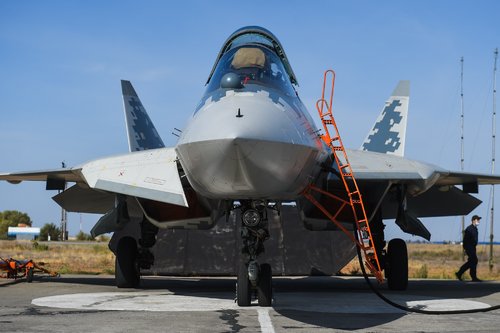
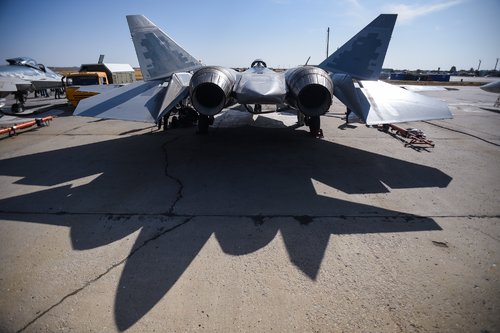
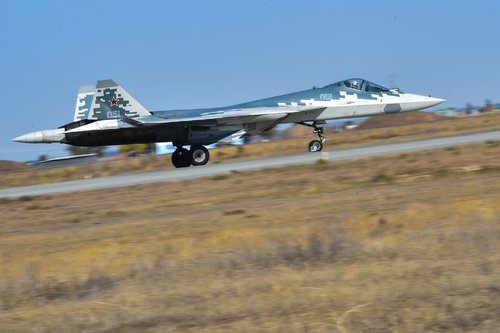
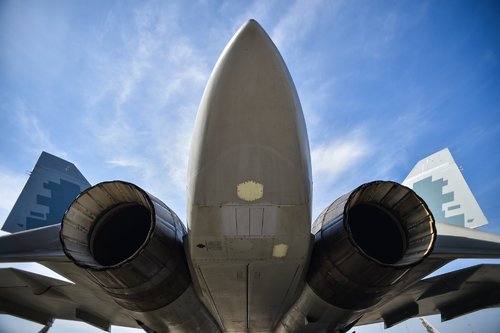
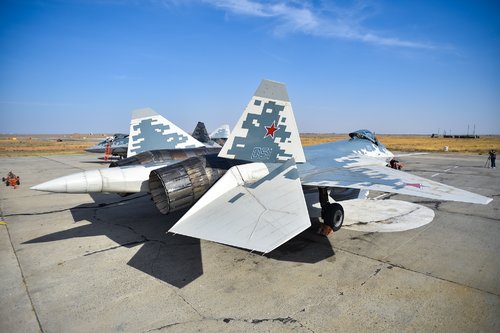
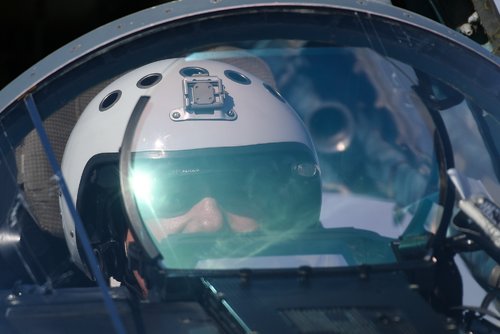
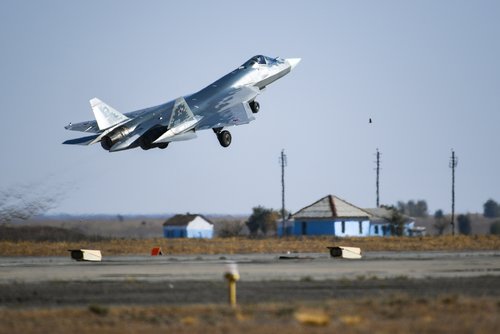
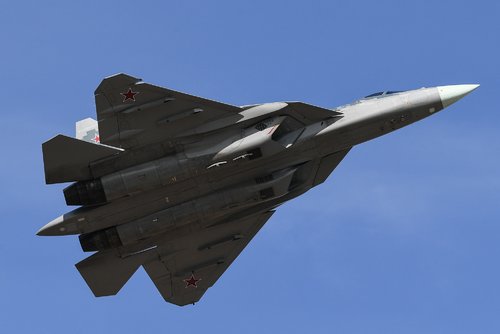
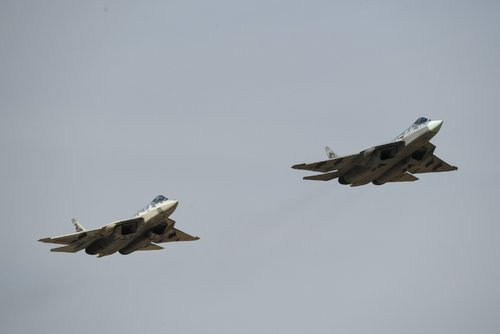
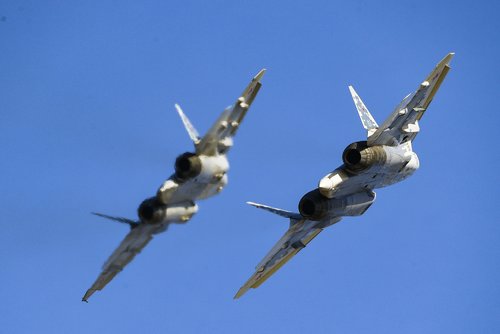
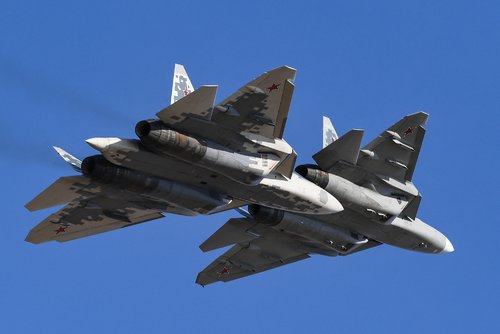
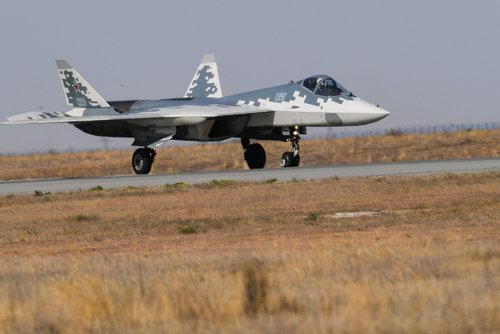
Interesting , wondering if the Iz-180 , being carried in packs of 4 internally , is a limit of the airplane, or is it because of the internal AKU launcher configuration being similar to when they fired the 40 cm wide cruise missiles in syria , Twice as much box width as the article 180.
Seems a bit odd if 2 180's , 20 cm of box width each , are a limit , especially considering that the bay is over 100 cm wide , considering how the same bay held bigger payloads before , and considering how 16 suspension points (thus 6 external + 10 intenal) was mentionned in numerous official interviews. Along with the capacity of carrying 8 folded wing MRAAMS.
Interesting , wondering if the Iz-180 , being carried in packs of 4 internally , is a limit of the airplane, or is it because of the internal AKU launcher configuration being similar to when they fired the 40 cm wide cruise missiles in syria , Twice as much box width as the article 180.
Seems a bit odd if 2 180's , 20 cm of box width each , are a limit , especially considering that the bay is over 100 cm wide , considering how the same bay held bigger payloads before , and considering how 16 suspension points (thus 6 external + 10 intenal) was mentionned in numerous official interviews. Along with the capacity of carrying 8 folded wing MRAAMS.
I just want to see what kind of mental gymnastics TomcatViP will resort to this time to claim that the sidebays are not, in fact, sidebays. Cause he has so far spent years on claiming that, despite even the footage of a launch from the bay. And despite it being known to be sidebays on day one of T-50-1's first flight, now over 10 years ago.
The missile has quite large fins (looks to be a standard R73) that seems to me larger than the side bays can allegedly contain.
Regarding the displayed missile launch, do I am the only one to think that what we see (missile with fins) doesn't seems to be able to fit inside the alleged side missiles bay?
Well, you should know that opinion is the panacea of the free men and cease to be only when proved irrefutably to be wrong. Then denial or negationism they can be.
Untill this day, you will have to let me say what I honestly think is a valid assersion my dear. Thank you.
Gimme a picture instead of picturing me.I just want to see what kind of mental gymnastics TomcatViP will resort to this time to claim that the sidebays are not, in fact, sidebays. Cause he has so far spent years on claiming that, despite even the footage of a launch from the bay. And despite it being known to be sidebays on day one of T-50-1's first flight, now over 10 years ago.
The missile has quite large fins (looks to be a standard R73) that seems to me larger than the side bays can allegedly contain.
Regarding the displayed missile launch, do I am the only one to think that what we see (missile with fins) doesn't seems to be able to fit inside the alleged side missiles bay?
Well, you should know that opinion is the panacea of the free men and cease to be only when proved irrefutably to be wrong. Then denial or negationism they can be.
Untill this day, you will have to let me say what I honestly think is a valid assersion my dear. Thank you.
Gimme a picture instead of picturing me.
Heh, Tomcat is a nice guy at the end of the day
The real comedy was that loon @ Keypub who argued for years Su-57 would enter service with external weapons only.
Well atleast he was in a good company then - considering basically whole keypub was a bunch of loon's.
Well atleast he was in a good company then - considering basically whole keypub was a bunch of loon's.
there were a lot of interesting characters there..
a guy who believed DSI on everything was superior
a guy who was pro Russia on every single thing
a guy obsessed with 3rd gen aircraft
a few guys who believed the J-11 had better finish than the Su-30
and a guy who was named after food
Izd.180?
via:robognus inf1kek
